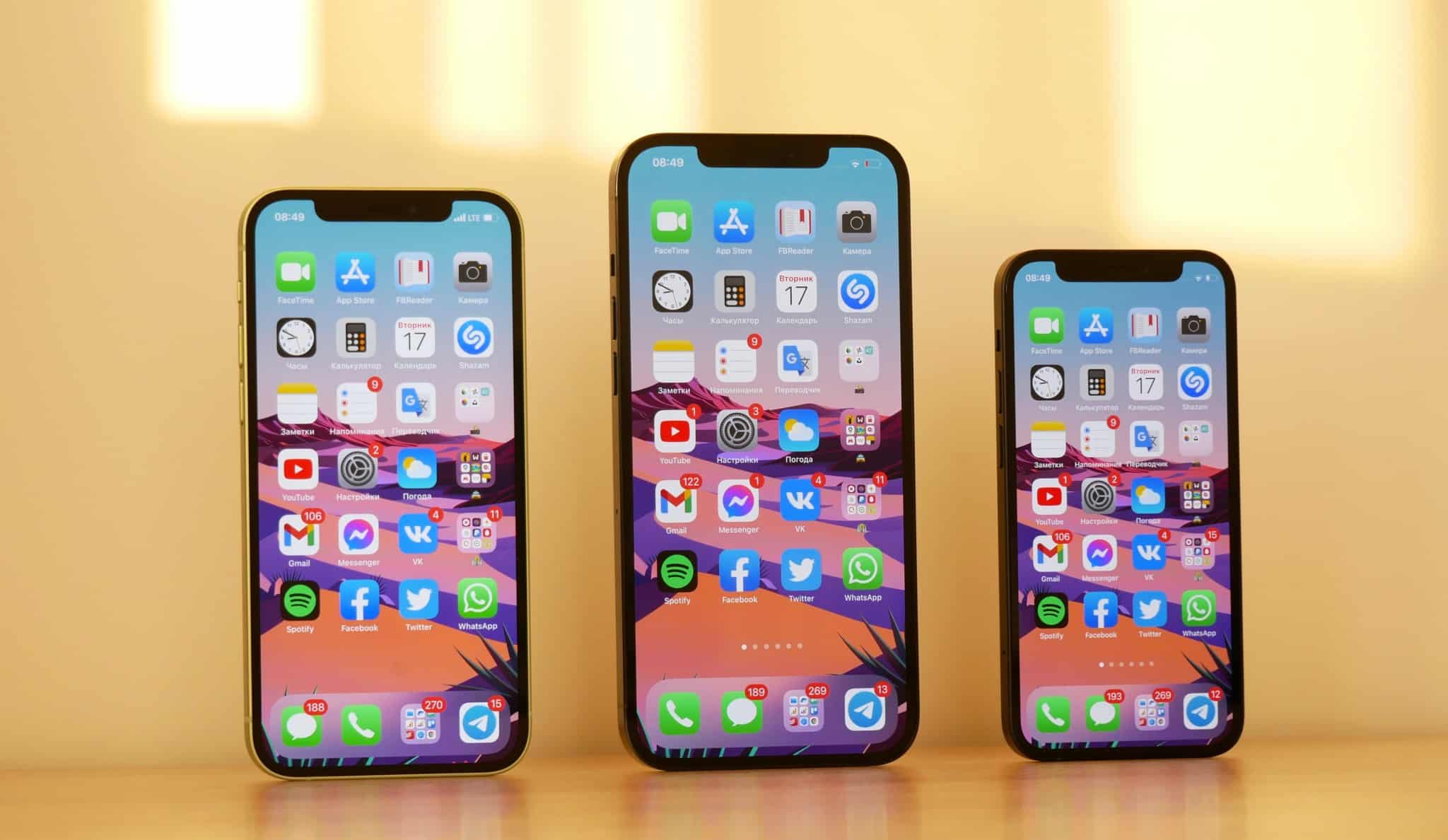When it comes to computers, micro apps are small admin applications. Meanwhile, in the world of smartphones, micro apps are small applications that are customer-oriented and fulfill very specific tasks.
Using micro apps could be an ideal alternative for you. While the name itself ‘micro app’ might make you believe that it is a new invention, in reality applications of small size have always been a thing.
The usage of mobile apps has been increasing.
The world of mobile applications saw dramatic growth in the last few years. As the market keeps growing, innovation from the world of mobile app development is needed to sustain it. As a result, apps can now fulfill a number of tasks and are becoming increasingly complex and sophisticated. While the initial main goal of the mobile apps was to offer users a fast and easy experience on their mobile devices, nowadays companies focus more on all-rounder apps that have a large number of features that many users don’t need. This presents a challenge that can be addressed through micro apps.
Apple App Store holds about 2.2 million apps, while Google Play has 2.8 million available.
On the flipside however, they can also be time-consuming or not customer friendly enough for people who want to use an app fast and save time. That is where micro apps come in. As some smartphone users shift towards simplicity, micro apps can be useful tools due to their highly targeted functionality which enables users to perform easy tasks at a fast pace. Compared to the usual mobile apps, micro apps are not as detailed, they are easy to use and offer a goal-focused experience. On average, people install approximately 40 to 50 apps on their phones, but only use 4 or 5 of those apps. Studies showed that new apps tend to lose 80% of their daily users in the first 3 days after they installed it, and more than 26% of the apps get abandoned after being used once.
Micro apps are based on HTML and they bypass app stores, loading dynamically and directly into communication tools. They use the underlying process and infrastructure but are integrating into the mobile platform. Software developers have the option to embed micro apps into full-featured web apps or they can simply use them as communication tools in an existing app. Software developers and people who work in app development departments can also win from the popularity of micro apps, as the resources and budgets for developing them are much more friendly.
Some platforms that are using micro apps are Google’s answer boxes, Facebook Messenger bots, and Slack.
Ideally, micro apps are designed to provide niche solutions and to make the user’s efficiency a priority by saving their time. Simply put, they need to be quick and easy to access, have a customized interface, have a highly targeted functionality, and be readily available. While the micro apps will not replace current regular mobile apps, they can provide a good alternative
Due to the fact that they are compact, micro apps can offer users a fast experience by not crowding them with unnecessary features. The apps are minimal and flexible and are well-optimized for a better user experience, as they aim to let the user perform specific tasks efficiently. While having a large number of features can sound attractive, you could end up confused by the whole thing and will just uninstall the app out of frustration or because you can find an easier alternative that doesn’t require you to have a headache in order to perform a simple task.
App development is an impressive market, but many full featured apps face technical issues at one point or another, which diminishes user experience. As a result of their small size, micro apps can avoid technical issues such as having high load times, slow performance, going through many registration forms, limited accessibility, and complex navigation. Because they have a single functionality, micro apps allow users to have a smooth experience, fast access, good performance, and easy navigation.





